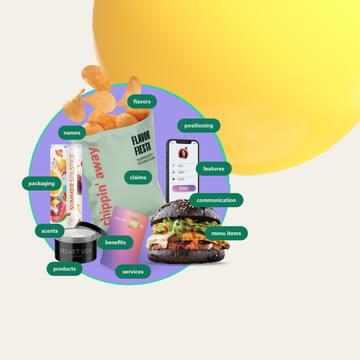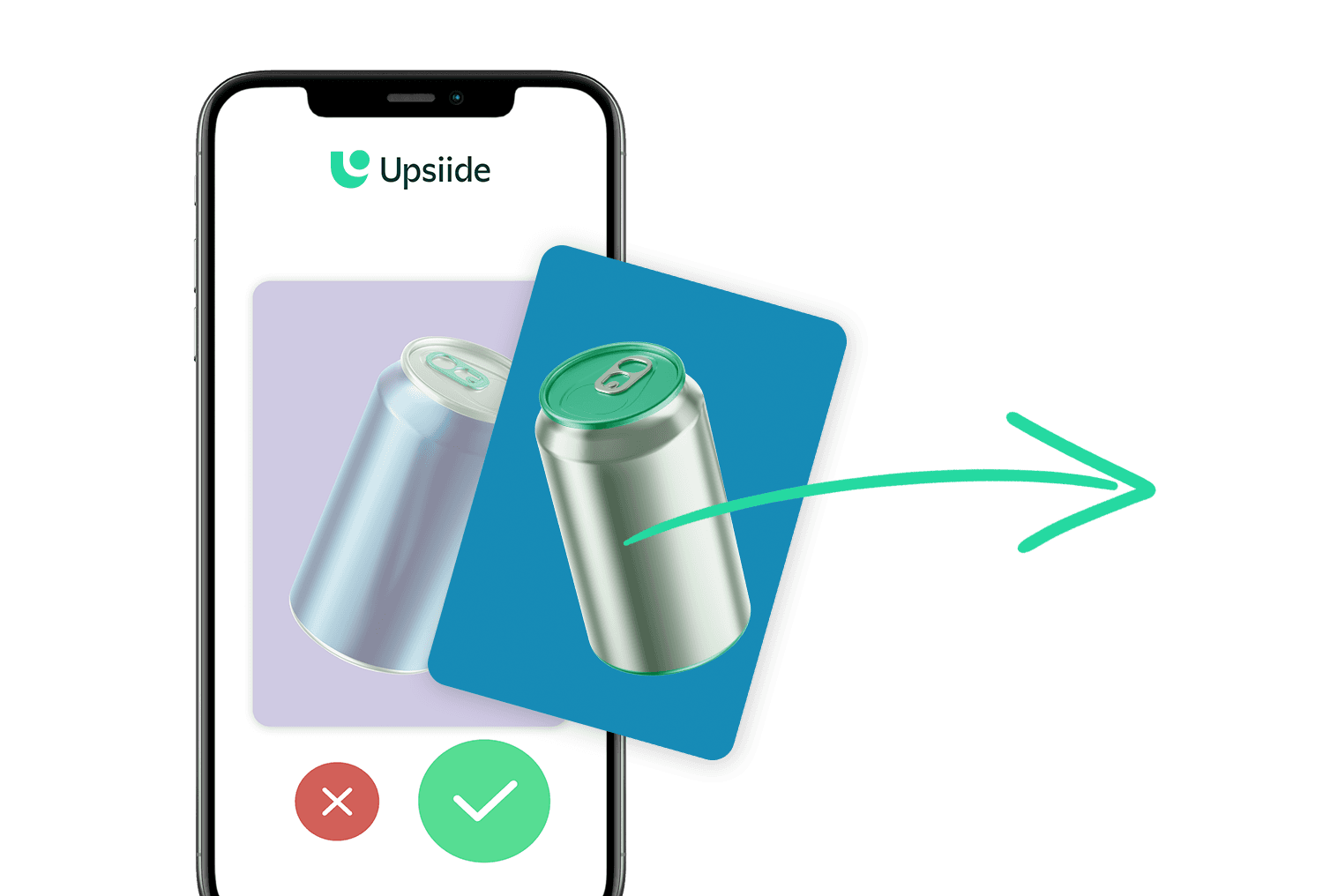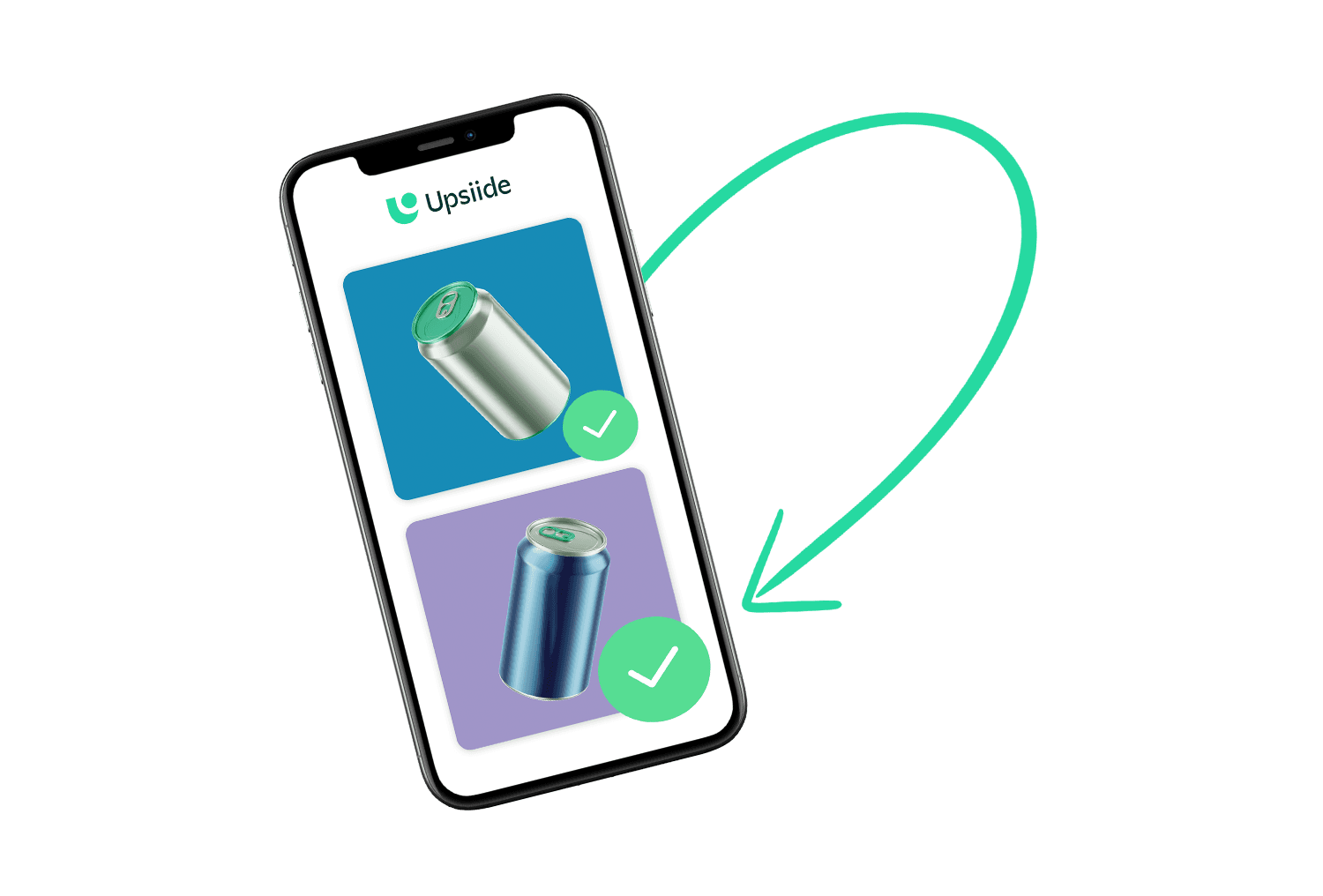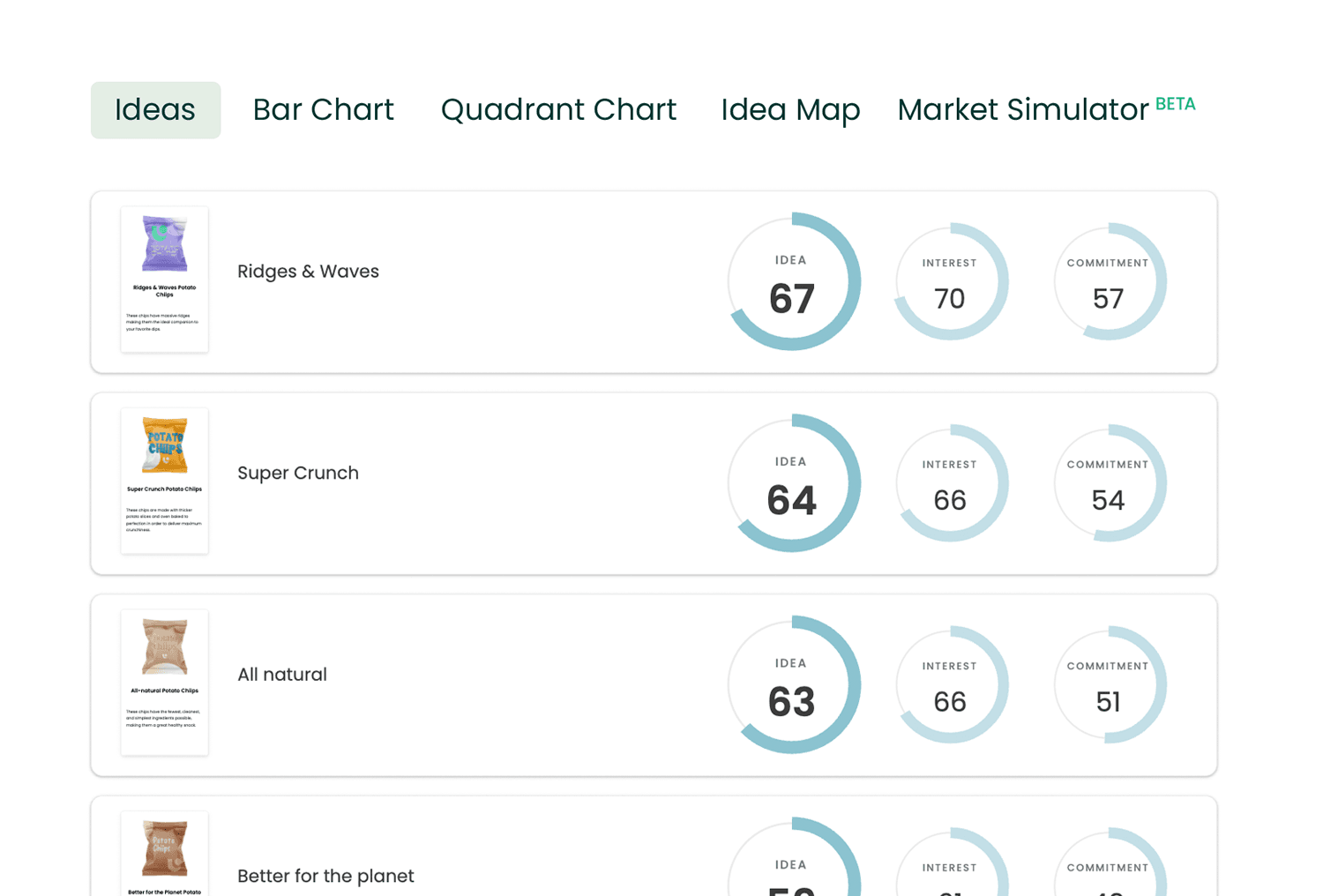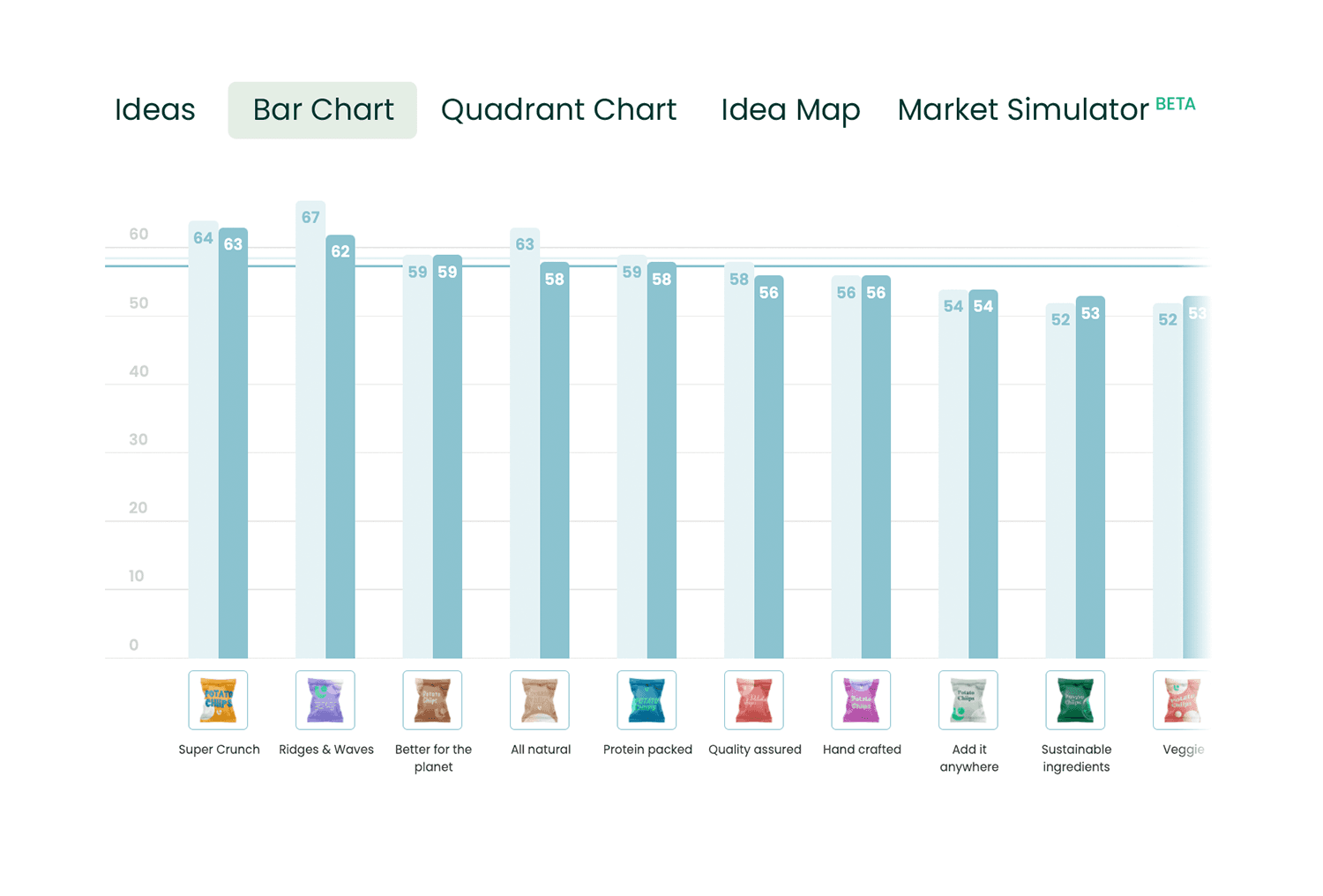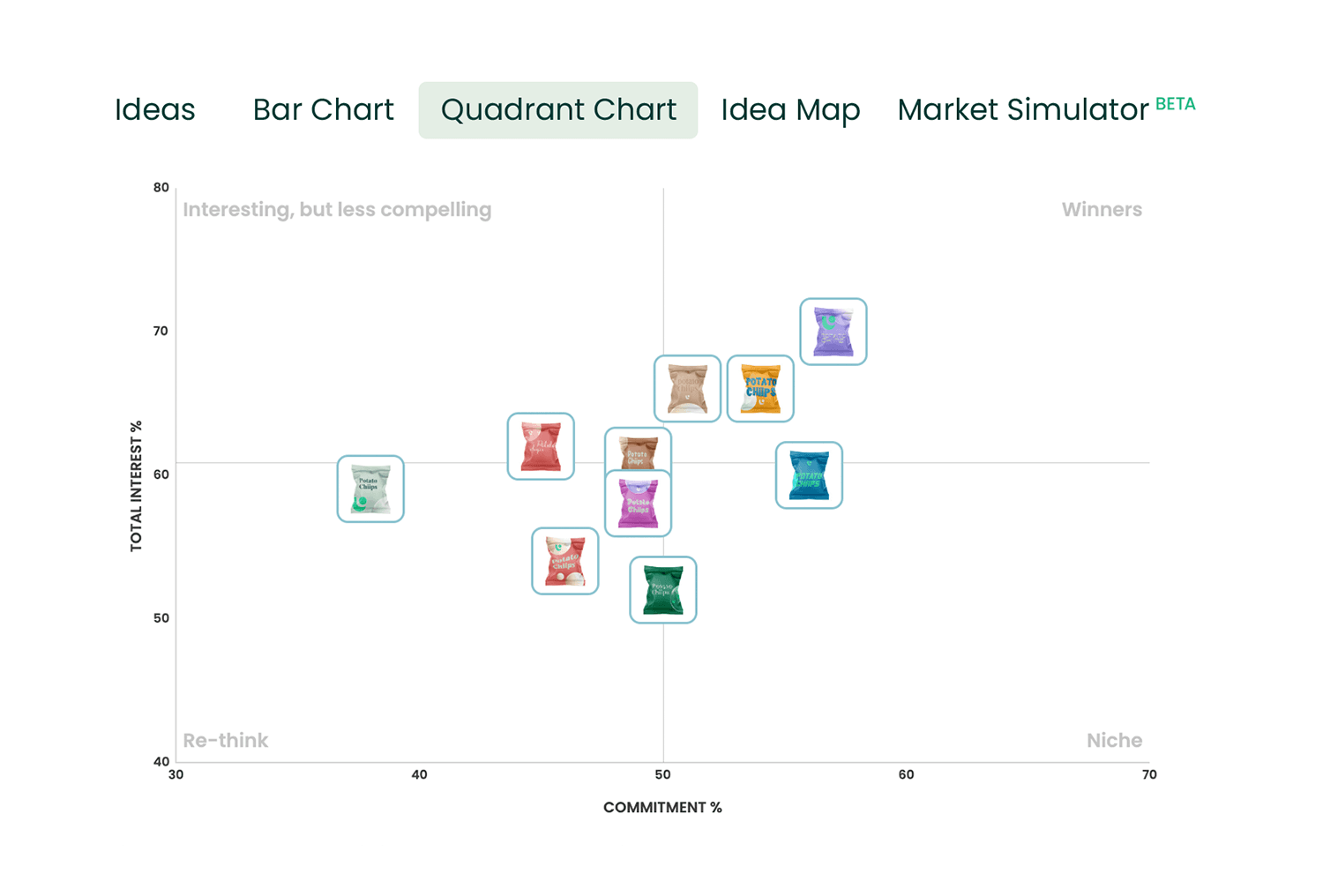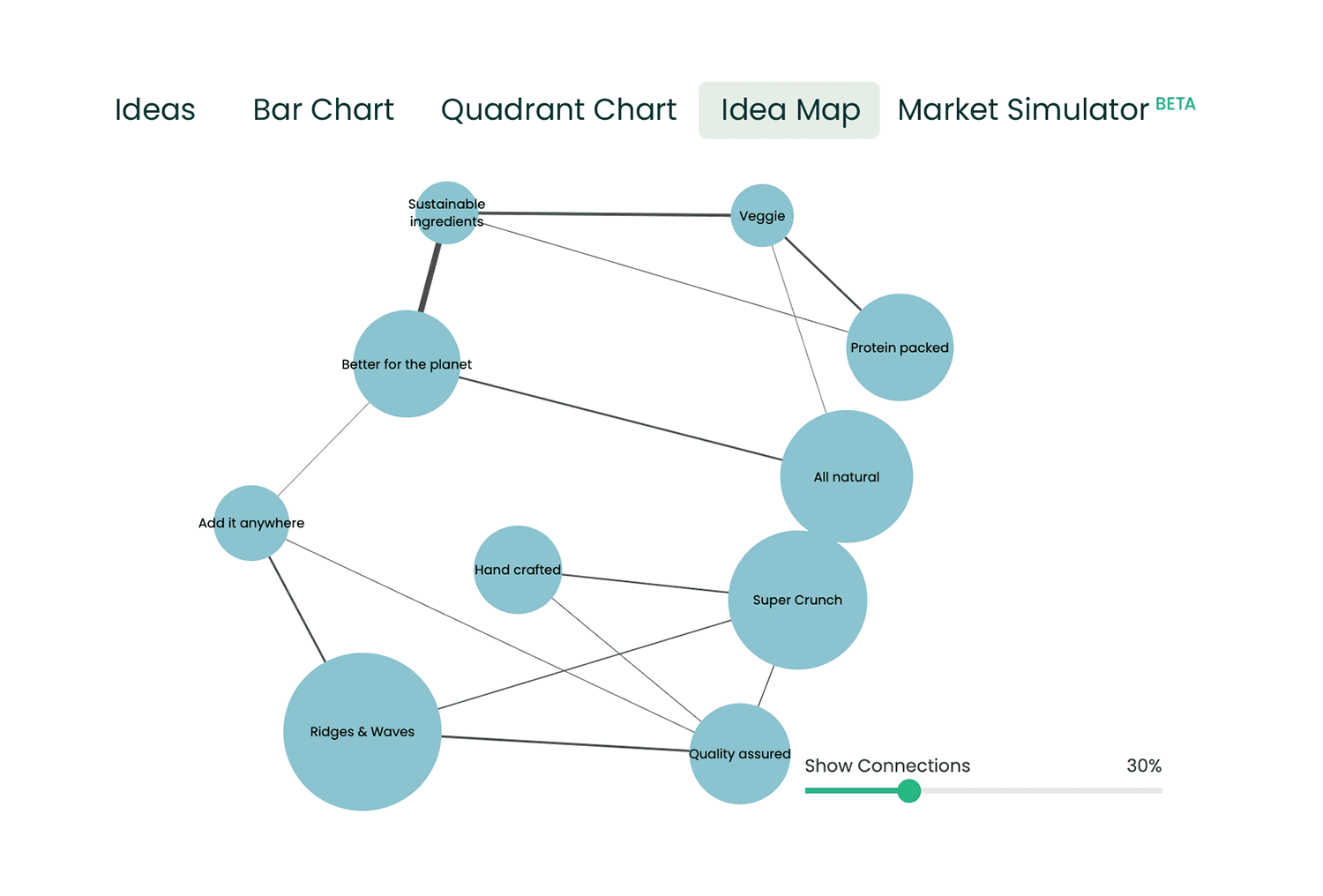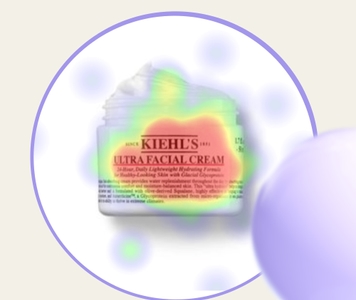study creation experience
Build a study.
Creating a study isn't scary anymore. With Upsiide’s intuitive user interface and templated studies, you can get going easily.
Take advantage of 5+ question types, preview functionality, in-platform translations, and ready-to-go study Templates. You'll be off to the races in no time.
respondent experience
Select the right audience.
Upsiide’s Audience Marketplace connects you to 44M people across the world, with built-in demographic info that helps you target the right people. If you need to screen people into your study based on preferences or behaviors you can use custom questions too.
Once you're done, save your audience as a Template for fast study creation in the future.
Our approach to DIY borrows from mobile behavior.
Upsiide’s respondent experience captures the way people use their phones on a daily basis.
To indicate preference in an idea screen, a respondent swipes left or right. When they 'like' two ideas, they're asked to trade-off between the two, replicating the experience of shopping. This experience is simple but powerful, allowing us to learn which ideas respondents like most (interest) and how loyal they are to those ideas (commitment).
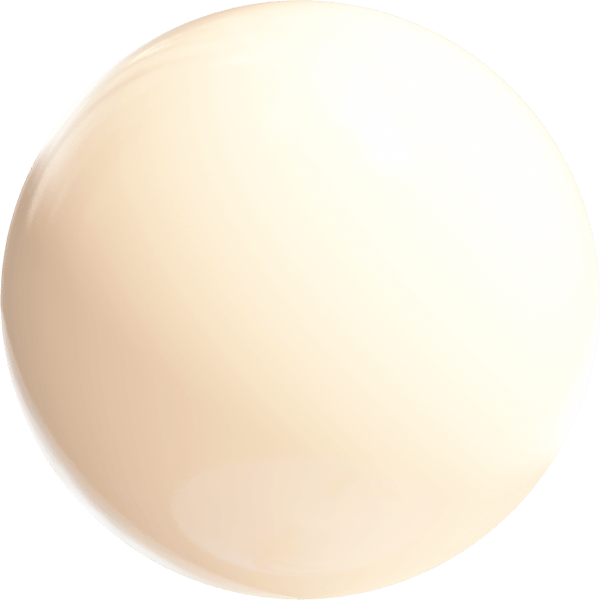

We do 'agile research' differently

Predict in-market potential
We've developed a brand new metric, the Idea Score, that makes prioritizing opportunities easy. There’s nothing else like it in the market.

Reveal strategic opportunities
A lot of restech is simplistic. Upsiide provides a clear ranking of your ideas, as well as data visualizations and volume; source of volume forecasting.

Leverage competitive context
We don't price studies based on the number of ideas being tested. You have the flexibility to test new ideas alongside in-market competitors, helping you save valuable budget.
5 dashboards make uncovering insights easy-peasy.
Upsiide gives you access to five interactive dashboards to analyze your results. This includes a quadrant chart and an idea map, both of which help you visualize how your ideas performed and the underlying structures that link groups of them together.


